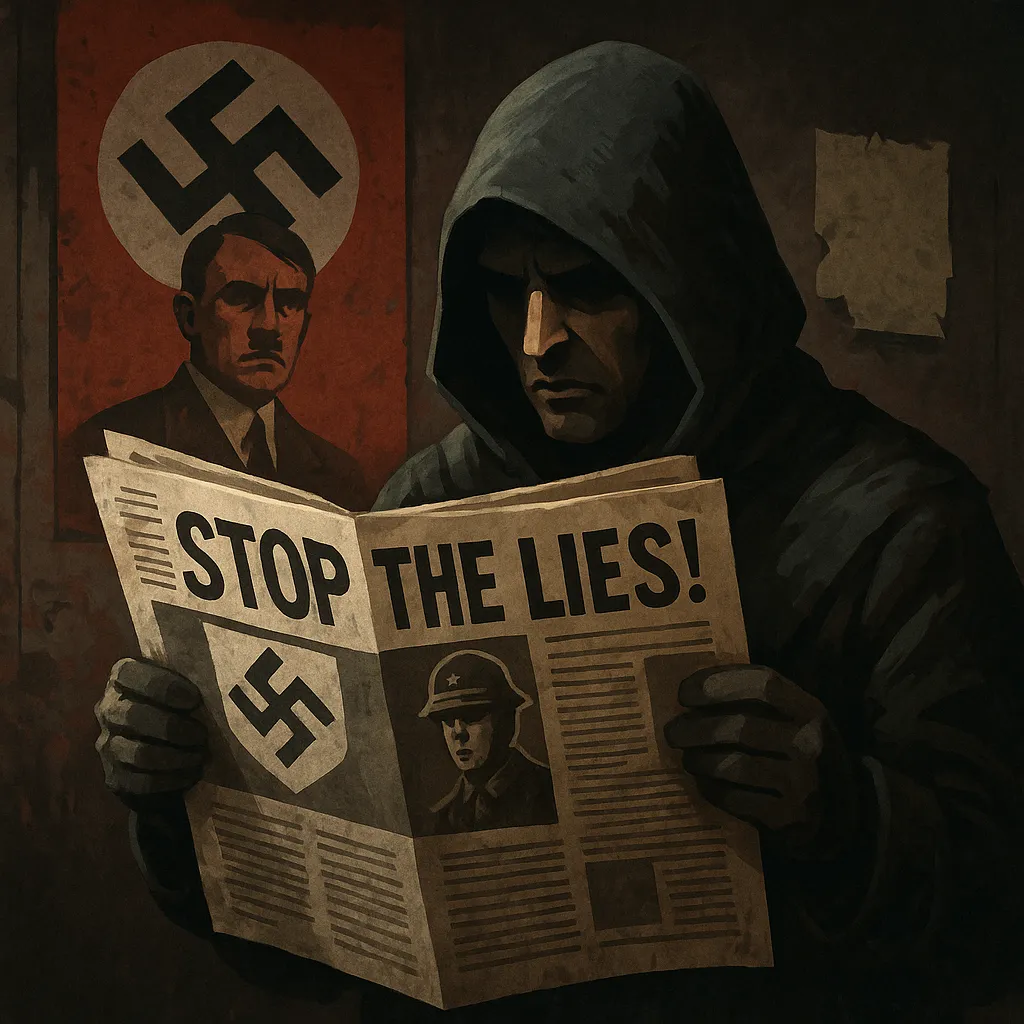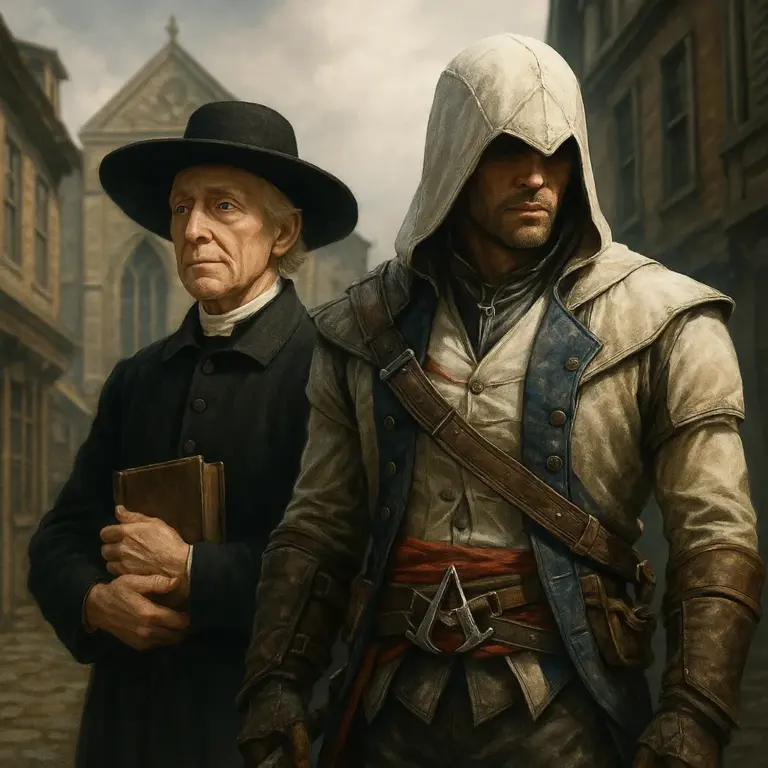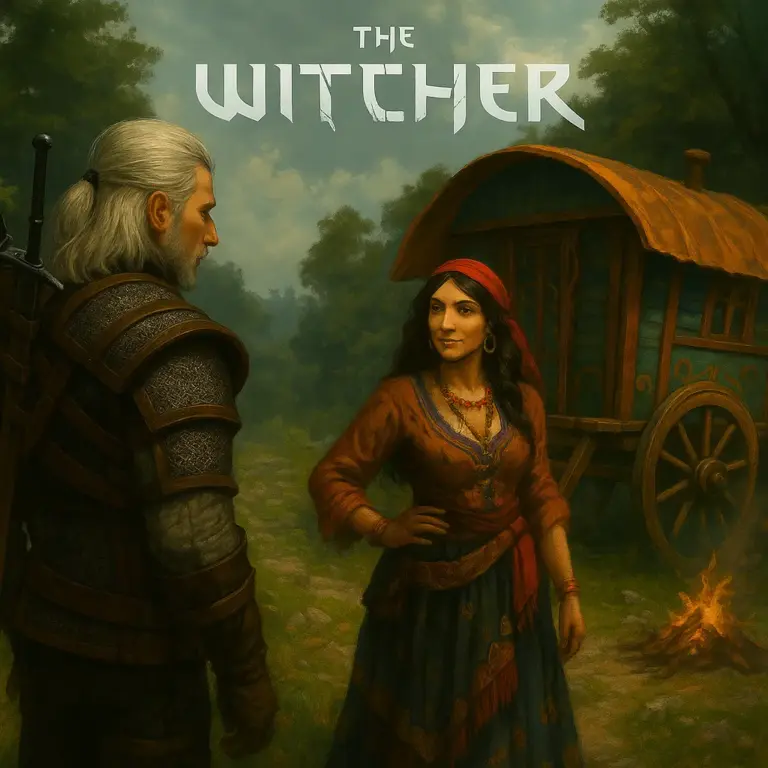What happens when truth becomes a weapon, and facts are targets? In Through the Darkest of Times, an indie strategy game set in Nazi Germany, players step into the shoes of civilian resistance members struggling against a regime built on fear, violence, and systemic deception. But the game’s relevance doesn’t end in 1945. Its message cuts deeper, into our present, where négationniste movements—those who deny or distort the Holocaust—continue to spread dangerous lies.
This article bridges the historical horrors depicted in the game with the ongoing battle against Holocaust denial. From carefully documented facts to digital disinformation, it’s a reminder that remembering the past is an act of defiance—and that games can be powerful tools for truth.
A Game About Quiet Resistance
Through the Darkest of Times is not a typical war game. You don’t play as a soldier, spy, or saboteur. Instead, you lead a civilian resistance group in Berlin, trying to expose Nazi atrocities, protect vulnerable people, and keep morale alive. Each action—whether distributing leaflets or hiding a dissident—carries real consequences.
What makes the game so powerful is its refusal to glamorize violence. Resistance is slow, thankless, and terrifying. But it’s also necessary. You’re constantly under threat from informants, Gestapo raids, and propaganda. It’s this constant threat that makes the player feel the full weight of totalitarian control—and the fragility of truth itself.
The Négationniste Threat: Denying What Was Documented
One of the most insidious aftershocks of the Holocaust has been the rise of négationniste narratives—conspiracy theories and propaganda that deny or minimize the genocide of six million Jews. These deniers claim the Holocaust was fabricated by the Allies and Jewish communities for political and financial gain. They often argue that there is no “smoking gun”—no written order from Hitler—and that this lack of documentation disproves the entire history.
Yet the historical record is overwhelming. At the Nuremberg Trials alone, Allied investigators collected thousands of German documents, photographs, maps, and testimonies. One of the iconic images from that time shows U.S. military personnel organizing piles of Nazi files—proof of planned genocide. Still, négationnistes insist these documents are forged, misinterpreted, or obtained under torture.
In Through the Darkest of Times, the player uncovers hints of these atrocities—trains departing to unknown locations, arrests without trial, whispers of camps. The player never sees the full horror, but the tension builds as the truth becomes undeniable. This mirrors how many Germans lived through the era: aware, yet afraid or unable to speak out.
Disinformation as a Weapon
The game’s narrative mechanics reflect how disinformation works. Nazi propaganda wasn’t just about nationalism—it was about shaping perception. By controlling the press, banning books, and spreading lies, the regime created a reality in which questioning the state was treason.
Today, négationniste groups use similar tactics—especially online. They mimic the appearance of legitimate historical research, citing fake experts and holding pseudo-academic conferences. Some of their arguments include:
- There were no gas chambers used for mass murder.
- The death toll has been exaggerated.
- Holocaust survivors fabricated their stories.
- The genocide was a myth created to justify Israel’s creation or extract reparations.
None of these claims hold up to scrutiny, but their repetition erodes public understanding, especially when presented on platforms with little moderation.
Historical Evidence vs. Denial
Let’s take a look at what real evidence tells us—and how négationnistes try to twist it:
| Historical Fact | Négationniste Claim |
|---|---|
| Over 6 million Jews killed (based on records, demographics) | “The number is exaggerated” |
| Mass exterminations at Auschwitz and other death camps | “There were no gas chambers” |
| Eyewitness and survivor testimonies | “They lied for sympathy or financial gain” |
| Thousands of Nazi documents proving intent and coordination | “No signed order from Hitler = no genocide” |
| Nuremberg Trials presented clear evidence | “Trials were rigged or based on torture” |
This isn’t historical debate—it’s targeted distortion. And in Through the Darkest of Times, resisting such lies means preserving truth before it’s erased entirely.
The Role of Memory and Media
Holocaust denial thrives in digital spaces. In countries like the U.S., free speech laws make it legal to promote négationniste content. Meanwhile, in places like France and Germany, denial is a criminal offense. Despite that, the internet has become the number one channel for spreading these falsehoods and recruiting new believers.
This is where games like Through the Darkest of Times play a surprising role. While not explicitly about the Holocaust, the game fosters historical empathy. It forces players to make moral decisions with limited knowledge—exactly like real citizens did. It shows how propaganda infects society from within and how easy it is to look away—until it’s too late.
By putting players in the shoes of average Berliners, the game underlines how denial doesn’t start with the facts—it starts with fear, convenience, and willful ignorance.
Why This Still Matters
In 2024, antisemitism is again on the rise globally. With every passing year, fewer Holocaust survivors remain to speak for themselves. That’s why preserving memory isn’t just about museums or documentaries—it’s about active resistance to distortion.
Games like Through the Darkest of Times matter because they personalize history. They remind us that resistance isn’t always grand—it’s hiding a neighbor, refusing to believe lies, or printing truth in a basement.
And it’s in these small acts that we can confront the négationniste impulse, both in the past and in our feeds today.
A Player’s Reflection
“I didn’t expect a strategy game to teach me about moral clarity. But when my character got caught printing anti-Nazi flyers, I realized this wasn’t just history—it was a warning. Lies don’t start with shouts—they creep in with whispers. Through the Darkest of Times shows us how to hear them before they get too loud.”




